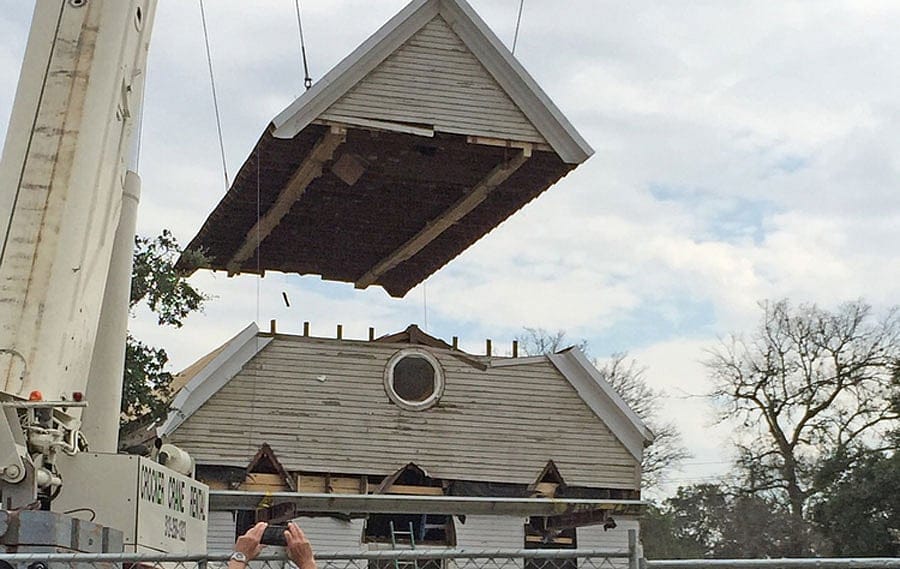In Austin, 19th-century synagogue meets 21st-century Jewish community

Like its environs, the Jewish community of Austin, Texas, has a youthful feel. Situated in a city known for live music, the University of Texas (UT) campus, and the founding of Michael Dell's computer technology giant in his UT dorm room, the 40-acre Dell Jewish Community Campus mirrors the relatively new infrastructure in the rest of Austin.
The Jewish Community Center of Austin opened its doors in 2000, in stark contrast with other Jewish communities in Texas (Houston, Dallas, San Antonio) and elsewhere that have had JCCs for more than a century. But what Jay Rubin refers to as a "21st-century city" just got outfitted with some 19th-century style.

